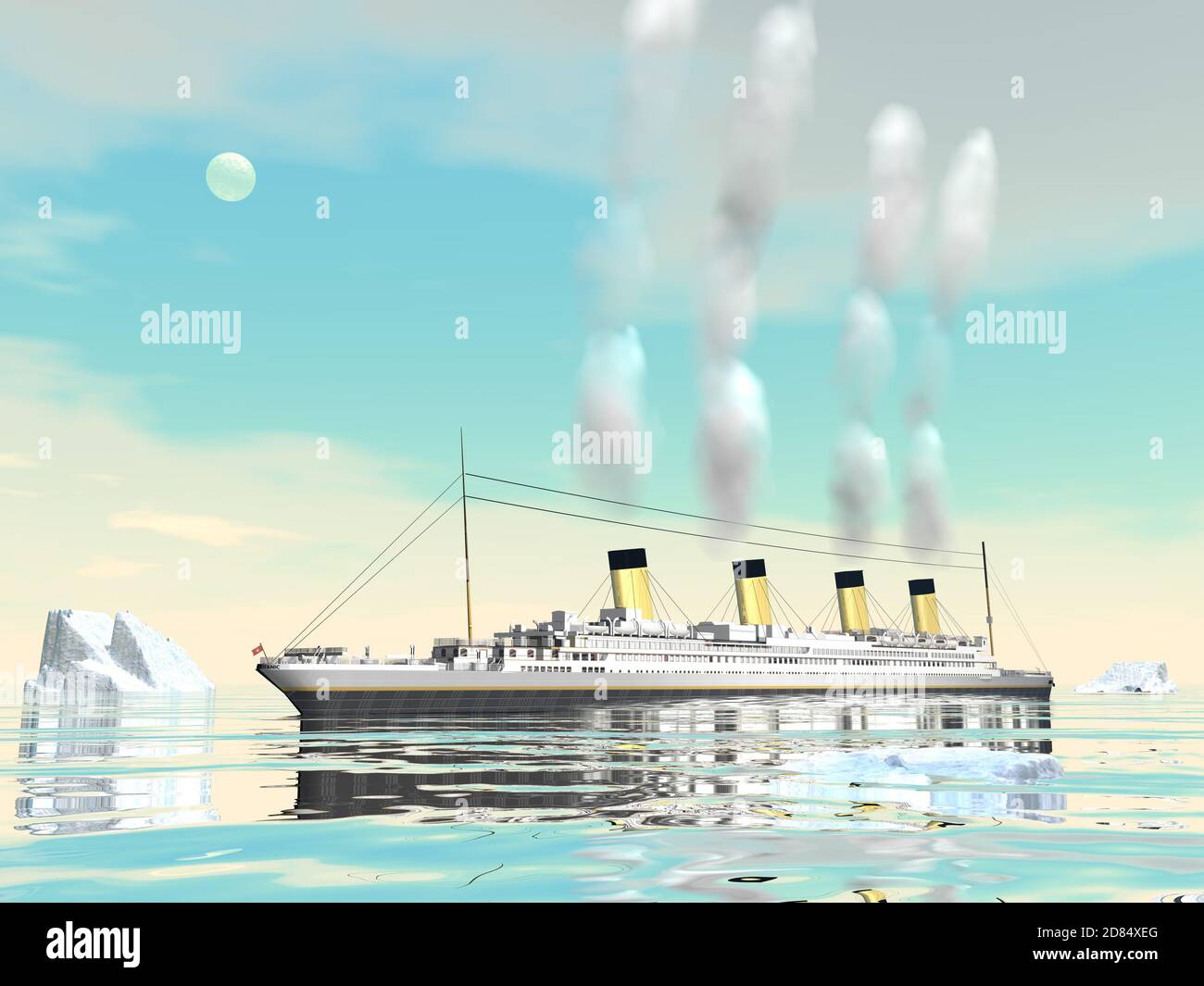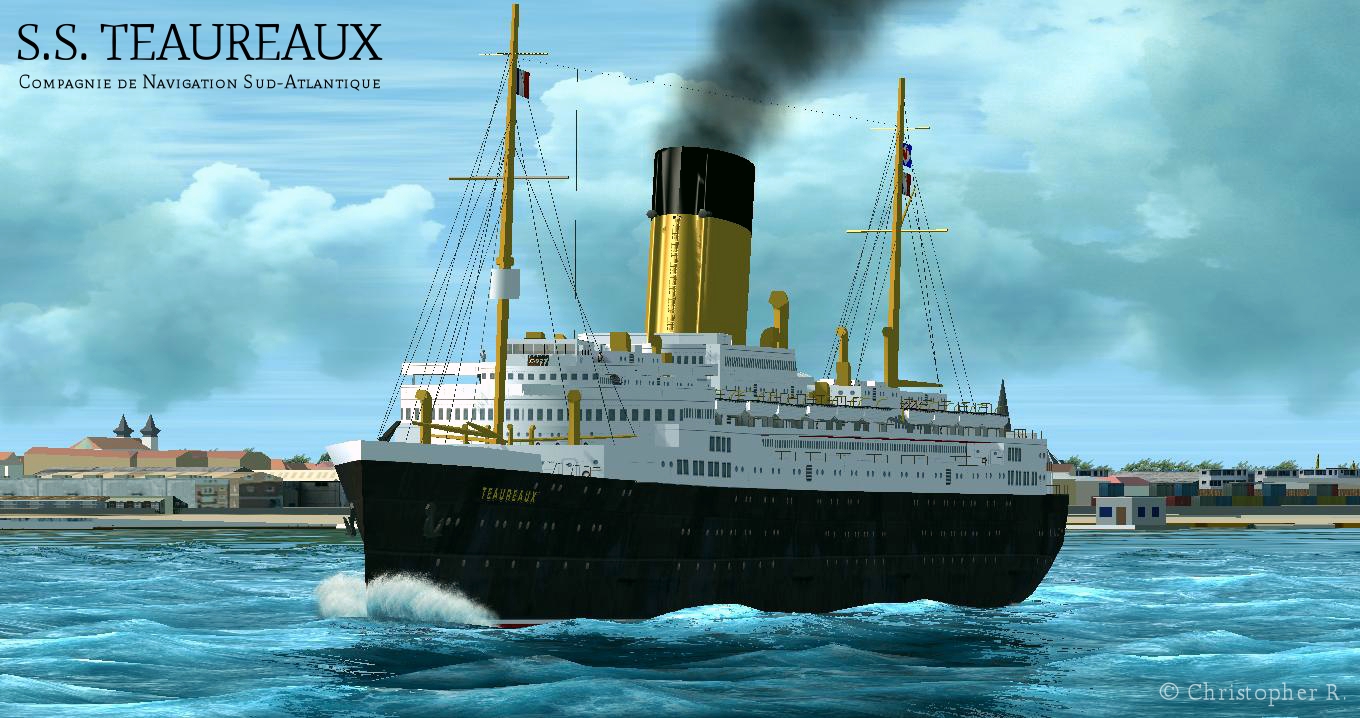

523 followed on 19 July, for the tender Traffic. 422 was placed at Harland & Wolff shipyards for the tender Nomadic. Ismay was convinced and on 25 June 1910, a little less than a year before the inaugural departure of Olympic, Order No. Lord Pirrie, director of Harland & Wolff yards, and his nephew Thomas Andrews conceived of two new tenders and submit the idea to Joseph Bruce Ismay, president of White Star Line. However, with the arrival of its Olympic-class ships, the company was no longer satisfied with this makeshift solution. To this end, White Star Line recovered in 1907, an old tender, renamed the Gallic, which took care of the ferrying of passengers. Boarding was therefore done by means of tenders coming to meet them with passengers and luggage. Despite major work, however, the port posed a major problem: large liners could not dock there because of shallow water. From 1909, the Cherbourg stopover took on a new dimension and a ferry terminal (which was not completed until 1912) was built to accommodate passengers arriving by special trains from Gare Saint-Lazare in Paris. In 1907, White Star Line established a regular stop there on its newly created route between Southampton, United Kingdom and New York, United States. 2 Early life serving Olympic and TitanicĪt the start of the 20th century, the port of Cherbourg, France, was on the verge of becoming an essential stopover for most of the British and German ocean liners traveling between Europe and the United States.In January 1941, she was torpedoed and sunk by the British. Shortly after, the Germans refloated her to convert the vessel into an escort ship. In June 1940, the French Navy scuttled Ingenieur Reibell ahead of the German advance on the port of Cherbourg. In 1927, she was sold to the Société Cherbourgeoise Transbordement, before joining the Société Cherbourgeoise de Remorquage et de Sauvetage in 1934, which renamed her Ingenieur Reibell.


During World War I, she took part in the landing of soldiers from the United States. In April 1912, she transported immigrants from port to the Titanic, and continued to serve White Star until 1927, without interruption. In Cherbourg, her role was to transport third-class passengers and mails between the port and the liners anchored in the harbour, while the Nomadic was tasked with transporting first-class and second-class passengers. She was built for the White Star Line by Harland and Wolff, at Belfast, to serve the Olympic-class ocean liners. SS Traffic was a tender of the White Star Line, and the fleetmate to the Nomadic. Twin compound reciprocating powering two triple-bladed propellers. Société Cherbourgeoise Transbordement (1927-1934).For other ships with the same name, see SS Traffic.


 0 kommentar(er)
0 kommentar(er)
